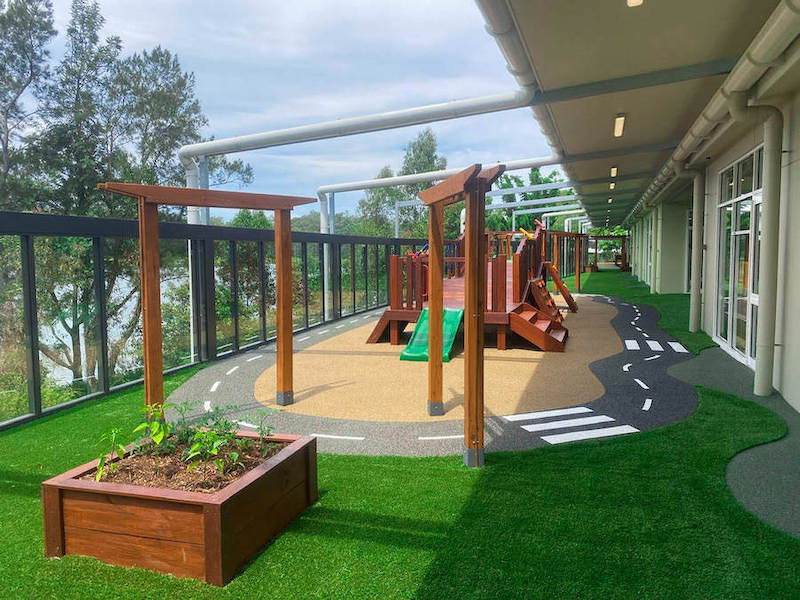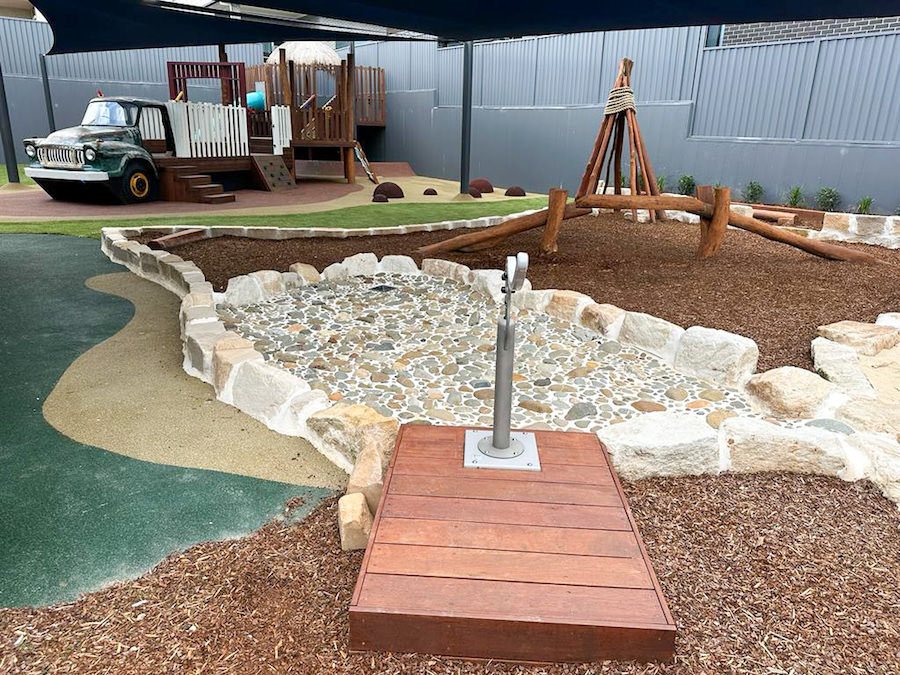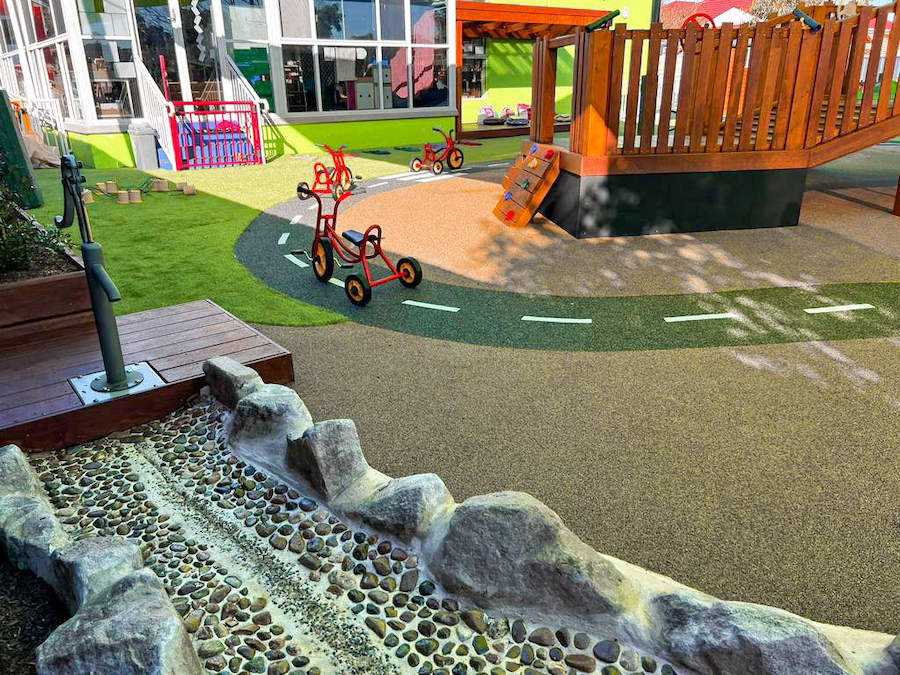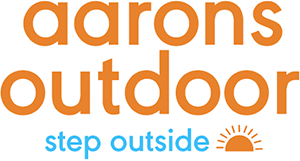For children, playtime is so much more than just fun and games. Play is essential for developing physical, cognitive, emotional, and social skills. Whether at home, daycare, or school, providing kids with a safe yet stimulating play space should be a top priority for all caregivers and educators.
However, designing and building a custom playground from scratch can be an overwhelming and costly endeavour. That’s where leveraging ready-made playground equipment can make all the difference. With expertly designed play structures and features, you can create an engaging, inclusive play area that will benefit children’s growth and development.
In this article, we’ll explore the key considerations for optimising ready-made playgrounds. You’ll discover how to choose surfacing, equipment, layouts and more to construct a playground where kids can enjoy vigorous physical activity, interactive pretend play and developmental growth.
With the right design customised to your needs, a ready-made playground can become so much more than just a place for recess – it can be an integral part of your child’s learning, motor skills, creativity and socialisation. Let’s dive into creating a play space that’s safe, stimulating, and accessible for all!
What Should You Look At For Playground Safety?
When designing a playground, safety should always be the number one priority. Several key factors to consider will help minimise injuries and create an environment suitable for children of all ages and abilities
.
Proper protective surfacing
The material covering the ground on and around playground equipment is crucial for preventing injuries from falls. Options like poured rubber, rubber tiles, and engineered wood fibre are optimal for cushioning falls. Surfacing should extend at least 6 feet in all directions from play structures. The surface should meet minimum depth requirements based on fall heights. Proper maintenance and raking are needed to maintain a uniform depth.
Equipment layout and spacing
Play structures and equipment should be spaced appropriately apart to allow for safe circulation and supervision. Climbing structures should have multiple access points and be spaced from other equipment. Areas for active play should be separate from quiet zones. Creating sight lines enables better monitoring of the entire playground.
Age-appropriate equipment and heights
Playgrounds should group equipment by appropriate age groups. Preschoolers need short climbing structures and gentle slides. Older kids can handle taller towers, fireman’s poles, higher slides, and more advanced activities. Equipment heights, difficulty levels, and physical demands should match ages to prevent injuries.
Visibility and supervision
Good visibility across the entire playground is key for proper monitoring. Separate zones by age while maintaining lines of sight. Have centrally located benches for supervisors. Use zoning, landscaping, and fences to prevent children from leaving the play area unsupervised. Signage with rules helps set expectations.
Accessibility and inclusion
Playgrounds should accommodate all children regardless of abilities. Incorporate ramps, transfer points, and ground-level play elements. Consider sensory playgrounds for neurodiverse children. Create quiet zones for kids who avoid busy areas. Following accessibility guidelines ensures an inclusive play space.
Promoting Engagement Through Play Structures
The play structures and equipment you choose will majorly impact how engaging and exciting the playground is for kids. Look for play sets that promote a variety of activities – climbing, sliding, swinging, spinning, and balancing – to enable dynamic physical play and movement.
Incorporate structures with interactive elements, themes, and opportunities for pretend play to stimulate their creativity and imagination. For example, use equipment with playhouses, pretend steering wheels, educational panels, and musical elements.
Adding natural elements like logs, boulders, sand pits, and water play can also provide open-ended, sensory-rich play. Creating multi-faceted structures with diverse options, challenges, and themes will allow children to engage in more imaginative and immersive play, developing cognitive, social-emotional and motor skills while having fun. The playground should invite vigorous activity as well as quiet play for a well-rounded, engaging play space.
Accessibility and Inclusiveness
Creating an inclusive play space should be a priority when designing any playground. Incorporate ramps, transfer systems, and ground-level play elements to ensure accessibility for children with physical disabilities.
Provide sensory-rich equipment like musical chimes and textured panels to engage children with sensory processing needs. Designate quiet zones with calming elements for kids who may get overstimulated or seek solitude.
Allow open spaces for children with autism or those using assistive equipment like wheelchairs. Follow guidelines for creating accessible surfacing, equipment heights, and circulation paths that accommodate disabilities.
Considering how different structures can be used in multiple ways can promote inclusion. For example, a climbing wall with various handholds can challenge more able-bodied kids while still being navigable for others. With some intentional design choices, you can construct a playground where children of all abilities can enjoy the benefits of play.
Ready-Made Playground Features
Ready-made playgrounds provide turnkey solutions that make creating a fun, developmental play space easy. Packaged equipment bundles and layouts allow you to quickly install a variety of play activities in one contained area.
Many ready-made playgrounds feature classic equipment like slides, towers, monkey bars, and swings to encourage physical dexterity and fitness. Look for sets incorporating interactive panels, educational games, pretend play structures and musical elements to provide cognitive enrichment.
Customisable options like interchangeable wall panels, theme kits, and creative add-ons let you tailor the playground to your needs. Safety features like protectively-coated materials, guardrails, and anti-pinch mechanisms ensure a worry-free play zone.
With ready-made playgrounds designed by experts, you can simply configure, customise and install a play area that stimulates learning, socialisation, and healthy development through active fun.
Build an Adventure-Filled Playground Kids Will Love
Providing children with a safe and engaging playground doesn’t have to be a daunting process. With ready-made equipment and layouts designed by playground experts, you can easily create an exciting play space that will benefit kids physically, cognitively and socially.
Aaron’s Outdoor offer full-service design, customisation, and installation of ready-made playgrounds. Their team can help select optimal surfacing equipment and features tailored to your environment and budget. Whether for a school, daycare, HOA or park, their turnkey playground solutions make it easy to give children the developmental benefits of play.
Next time you need to construct or renovate a playground, consider the benefits of ready-made equipment versus building from scratch. With the right layout and customisation, ready-made playgrounds can provide endless opportunities for safe, challenging and engaging play. Contact the team at Aaron’s Outdoor today to bring a thoughtfully designed play oasis to your community.







